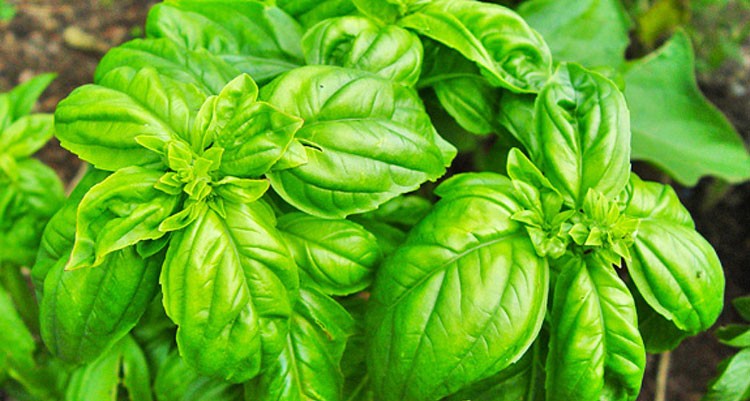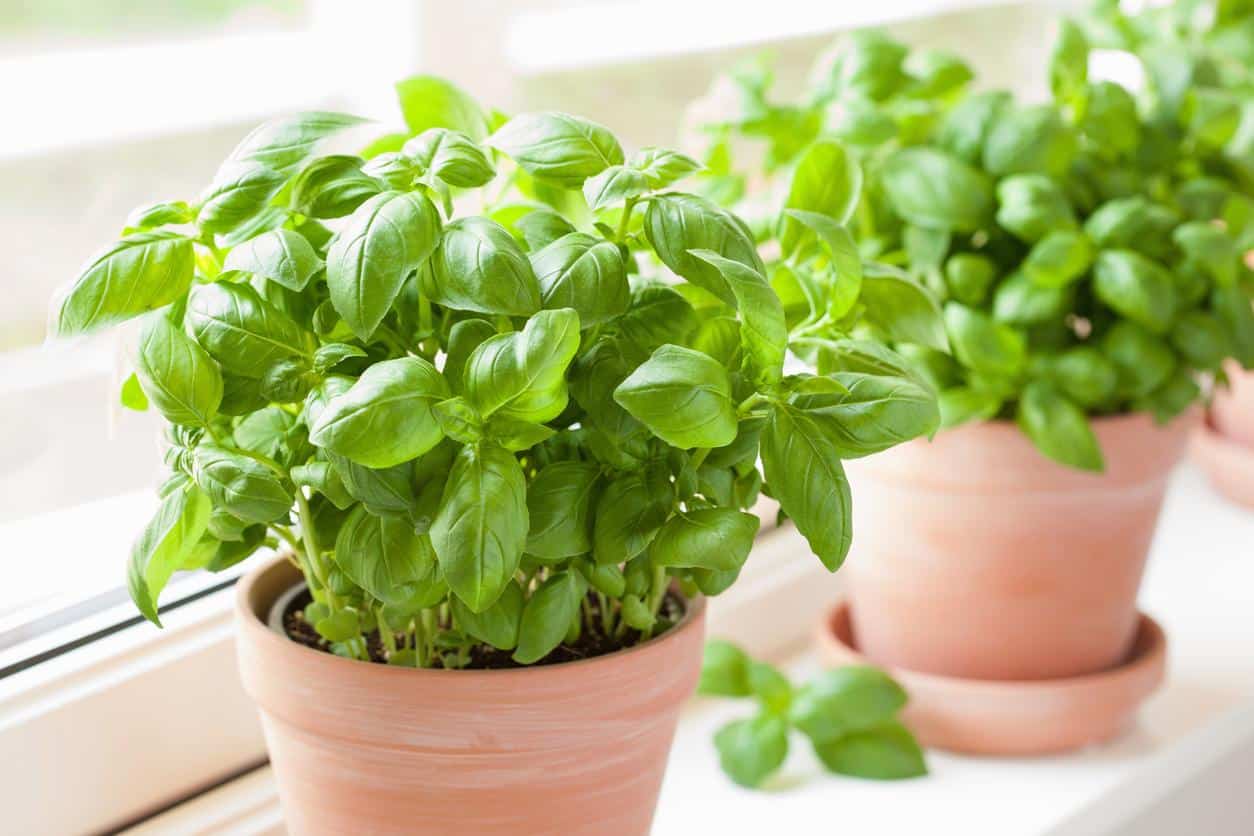Introduction to Albahaca
Albahaca, commonly known as basil, transcends its culinary applications to offer a treasure trove of health benefits. In this comprehensive guide, we embark on a journey to uncover the diverse types of albahaca, its medicinal prowess, culinary versatility, and much more.
Define the Health Topic
Albahaca, a member of the mint family, boasts distinctive aromatic leaves and a rich history steeped in traditional medicine. Beyond its culinary allure, albahaca stands as a testament to nature’s bounty, brimming with essential nutrients and bioactive compounds.
Explain its Relevance and Importance
The relevance of albahaca extends far beyond its role as a culinary herb. Rich in vitamins, minerals, and antioxidants, albahaca serves as a beacon of wellness, offering an array of health benefits, from enhancing digestion to bolstering immune function. Wikipedia
Types and Categories
-
Sweet Basil: The most common variety, characterized by its mild flavor and broad leaves, is a staple in Mediterranean cuisine.
-
Thai Basil: With its distinctive licorice aroma and purple stems, Thai basil lends its unique flavor to Southeast Asian dishes.
-
Holy Basil (Tulsi): Highly revered in Ayurvedic medicine, holy basil is cherished for its medicinal properties and sacred significance in Hindu culture.
-
Lemon Basil: Infused with a refreshing citrus scent, lemon basil adds a zesty twist to culinary creations.
-
Purple Basil: Not just a feast for the taste buds, purple basil’s vibrant hue adds visual appeal to dishes while offering a subtle peppery flavor.
Symptoms and Signs

While albahaca is generally safe for consumption, excessive intake may trigger adverse reactions in some individuals. Common symptoms include nausea, headaches, and skin irritation, primarily due to the presence of eugenol, a compound found in basil. Boltból
Causes and Risk Factors
The potential side effects of albahaca consumption are often attributed to individual sensitivities or allergies to specific compounds present in the herb. For instance, individuals with a known sensitivity to eugenol may experience adverse reactions upon exposure to basil products.
Diagnosis and Tests
Diagnosing adverse reactions to albahaca typically involves a comprehensive clinical assessment, including a detailed medical history and allergy testing. Skin patch testing may also be conducted to identify allergic reactions.
Treatment Options
In the event of adverse reactions to albahaca, treatment focuses on symptomatic relief and avoidance of basil products. Over-the-counter antihistamines or topical corticosteroids may be prescribed to alleviate symptoms such as itching or skin irritation.
Preventive Measures
To minimize the risk of adverse reactions, individuals should practice moderation in albahaca consumption and perform patch testing for allergic sensitivities. Additionally, reading product labels and avoiding contact with basil-based skincare or personal care products can help prevent adverse reactions.
Personal Stories or Case Studies
Linda, a 38-year-old woman, discovered firsthand the potential side effects of albahaca when she experienced skin irritation after using a basil-infused skincare product. Upon discontinuation of the product, her symptoms resolved within a week, highlighting the importance of recognizing and addressing adverse reactions.
Expert Insights
According to Dr. Patel, a renowned herbalist and advocate for natural remedies, “While albahaca offers many health benefits when consumed in moderation, it’s essential for individuals with known allergies to basil or related compounds to exercise caution and seek medical advice if experiencing adverse reactions.”
Conclusion
In conclusion, albahaca, with its tantalizing aroma and multifaceted benefits, continues to enchant both culinary enthusiasts and health-conscious individuals worldwide. By understanding the diverse types of albahaca, recognizing potential risks, and implementing preventive measures, one can appreciate the beauty and benefits of this versatile herb.
